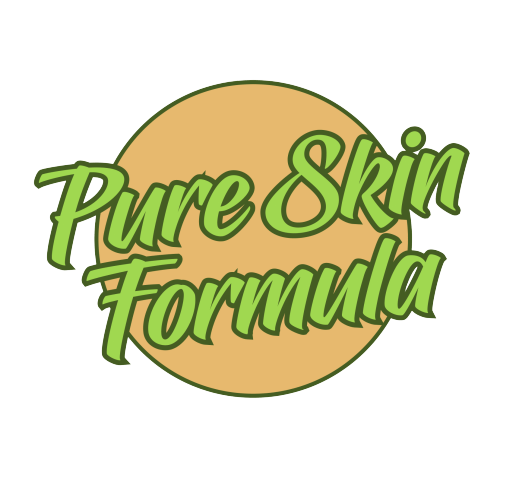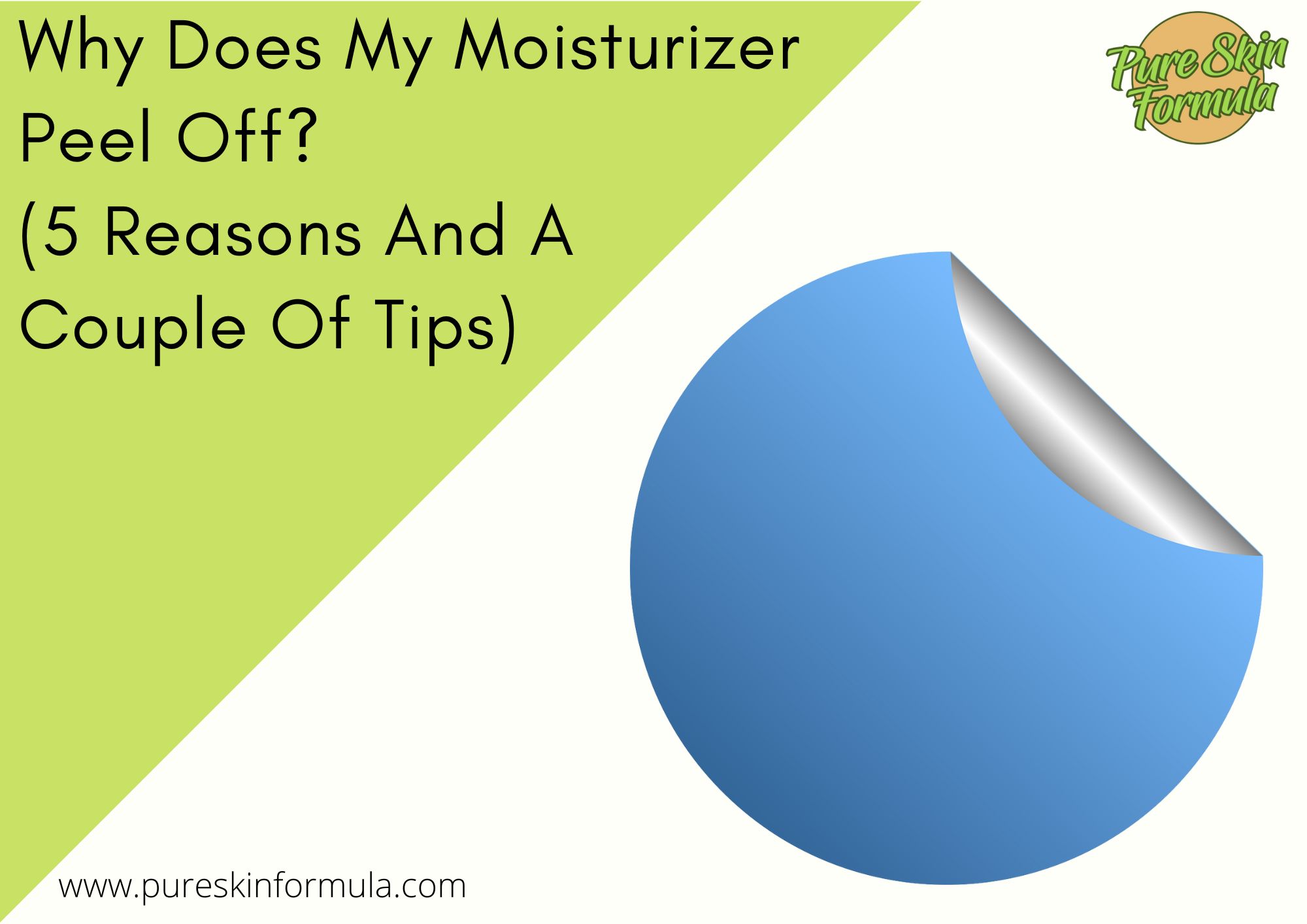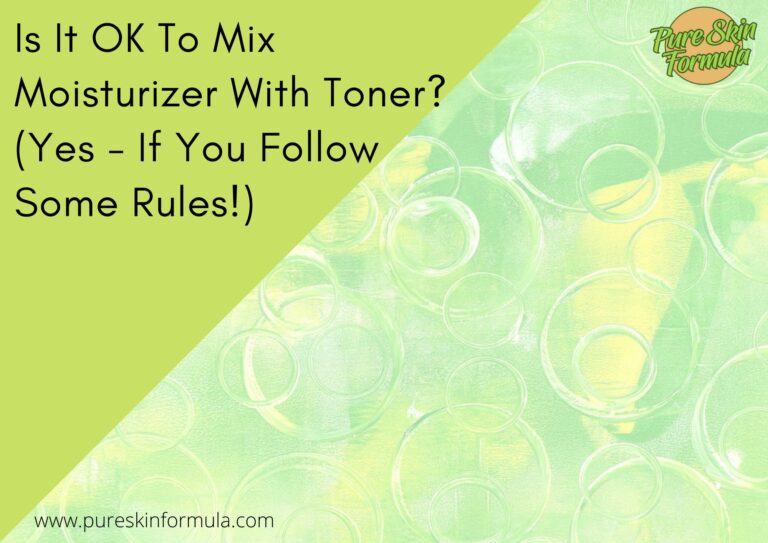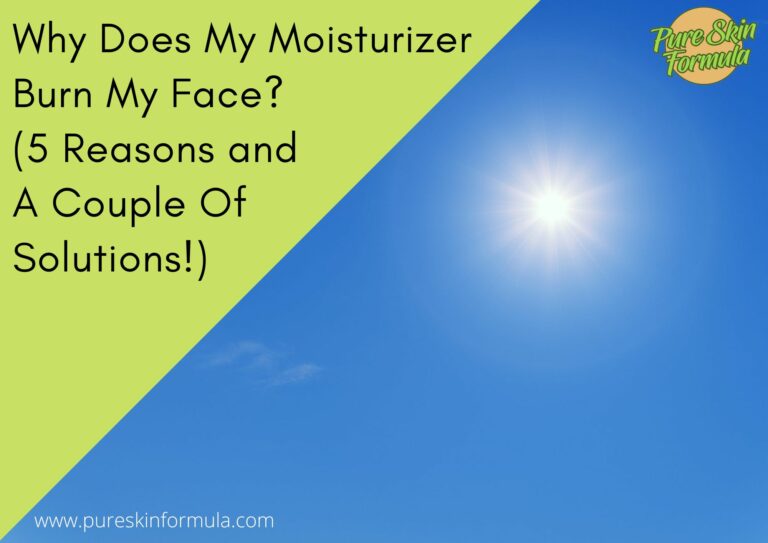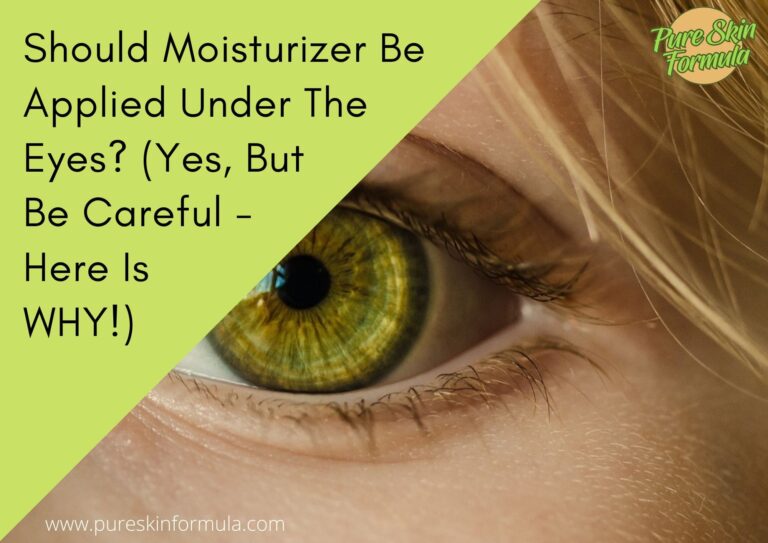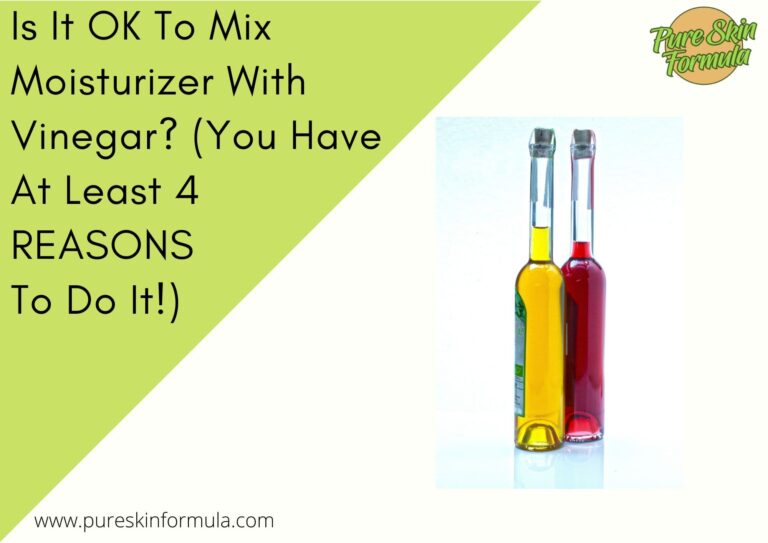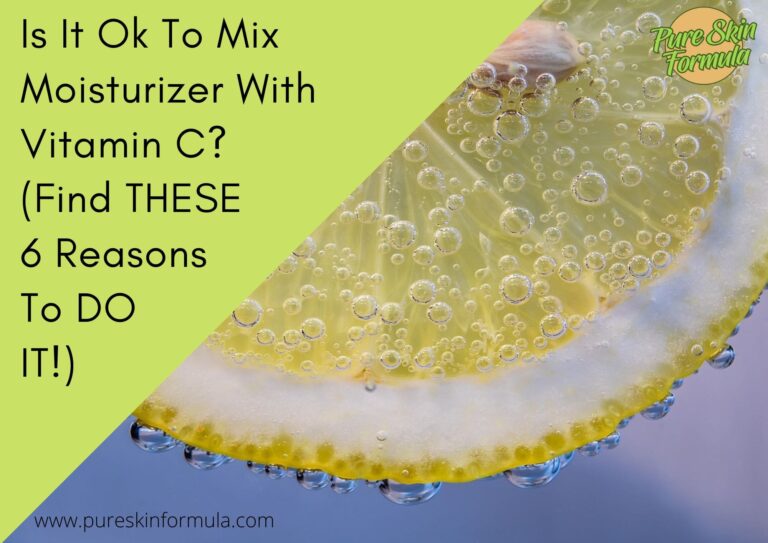It shouldn’t be the case, but sometimes your moisturizer might ball up or peel off.
I have explored for you three core areas why this might happen. The first is related to your skin type.
The second is connected with mixing different substances. The third area is about the moisturizer you use and its ingredients.
Why does my moisturizer peel off?
- You have dry skin or dehydrated skin;
- You have oily skin and use а water-based moisturizer;
- You use too much quantity of moisturizer or too quickly;
- You mix the skincare products unproperly;
- You apply a moisturizer with silicone or gel.
You have dry skin or dehydrated skin
It is possible that the moisturizer is not absorbed but sits on the skin.
You may not have a suitable cream for your skin needs. Try applying the cream to slightly damp (not wet) skin.
Try exfoliating once or twice a week; your moisturizer will be able to be absorbed by the skin better.
Try using a heavy, rich oil-based moisturizer.
You have oily skin and use a water-based moisturizer
This is the right thing to do, but you should do it properly. Otherwise, the product might peel off.
Before I tell you how to proceed, here are a few words about oily skin.
It is characterized by a sheen that results from excessively active sebaceous glands. They produce more than the necessary amount of sebum, which looks shiny on the skin’s surface.
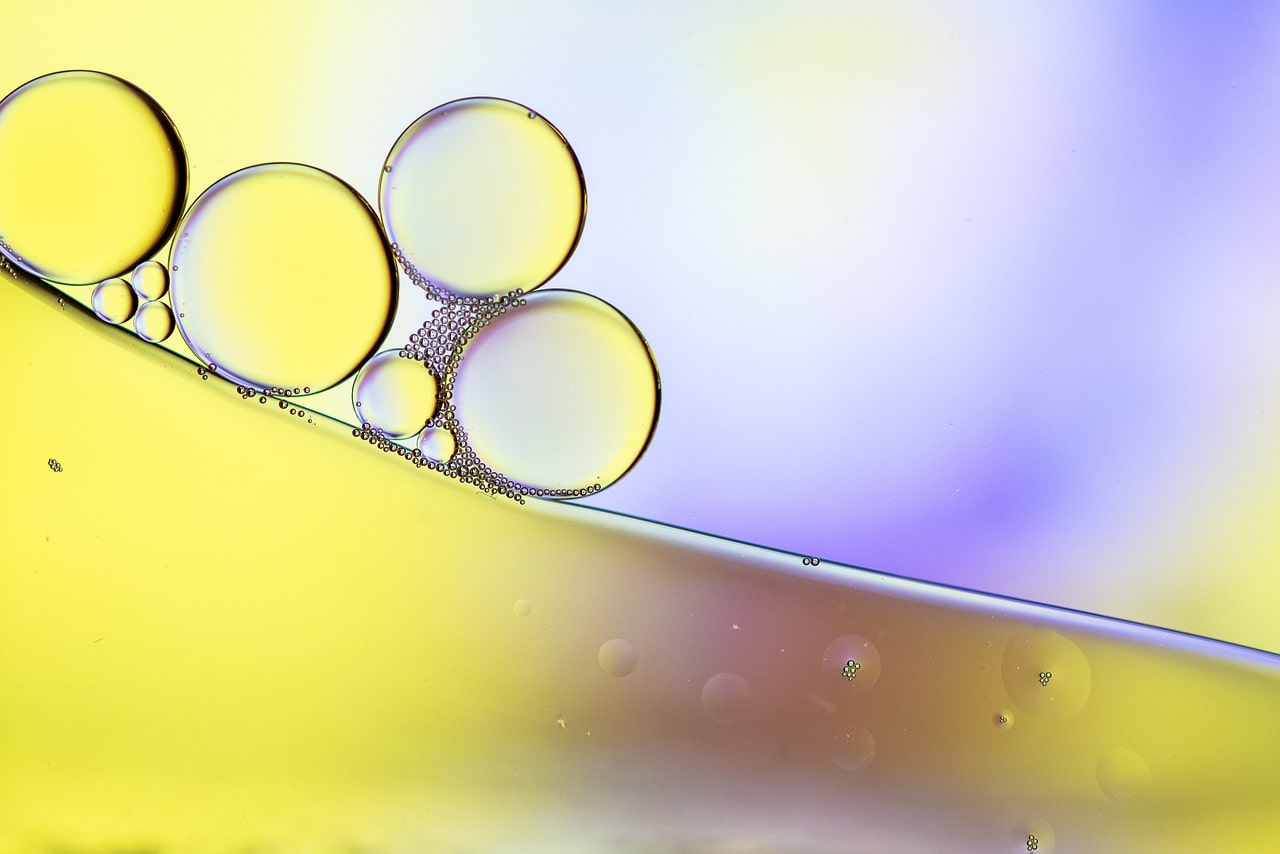
It is a myth that oily skin does not need hydration; quite the contrary. If you use drying products to remove oiliness, you can easily disturb the skin’s hydro-lipid balance and not even realize it.
The skin then reaches a state where it compensates for water loss with increased sebum production, which is the opposite of the desired effect.
How to take care of oily skin on your face?
The face should be cleansed gently; twice a day is quite enough (morning and evening), with products designed for oily skin types, like micellar water or a cleansing product.
The paradox is that oily facial skin can also become dry and start to flake, even though the role of sebum is to protect it from drying out.
Usually, this is due to overly aggressive cosmetics or frequent skin cleansing.
The golden rule is to hydrate your face with light, mattifying, water-based day creams for daytime rather than thick-textured ones that would layer more oil on oily skin.
Applying an active anti-oily lotion at night is another possible step.
Using an exfoliating product once a week is also recommended.
In addition to removing dead skin cells, exfoliating hydrates the skin profoundly and improves blood circulation to the face, stimulating collagen production and skin elasticity.
You use too much quantity of moisturizer or too quickly
You use too much of the product
Very little quantity is enough when it comes to facial cosmetics.
If you put on too much cream or use a heavier formula than necessary for your skin type, it will be harder for your skin to absorb the product and the excess will stay on the surface and flake off unpleasantly in the form of beads.

What to do? Use a smaller amount or a product with a lighter consistency to allow it to be absorbed by the skin faster!
You are in a hurry
The problem often arises when you’re pressed for time.
The reason? Not giving the formula enough time to absorb into your skin before applying the following product. Hastily using the next layer causes friction where the top coating flakes off.
What to do? Don’t rush. Give the product time to soak in before applying the next layer.
You mix the skincare products unproperly
This might be related to the wrong application sequence of the products
It is essential to consider both the composition of the products and the order of application.
Water-based products are first in line because the skin readily absorbs them, while oilier products seal in moisture and should be used last.
If the order is reversed, the oilier products will block the absorption process, so the products applied last will form unpleasant flakes.
You apply a moisturizer with silicone or gel
Silicones are inorganic polymers derived from the combination of silicon and petroleum products.
If nature creates carbon compounds, man has made analogous substances from silicon, capable of forming long chains with different characteristics.

There are many types of cosmetic silicones, for example, those with a ring structure that is easy to apply and evaporate quickly (cyclomethicone, cyclopentasiloxane, cyclohexasiloxane).
Others are more difficult to absorb and do not evaporate (dimethicone), and others are very heavy and non-absorbent, such as dimethicone copolyol.
The purpose of silicone-based products is to prevent moisture loss and smooth the skin’s surface.
If you apply a silicone-based foundation on top of a cream containing silicone, you end up with a kind of product clash and the problem of unpleasant flaking on the surface.
What to do? Avoid layering silicone-containing products on top of each other and reduce the use of silicone products in general.
If you choose a silicone-based foundation, do not use a face moisturizer containing silicone.
Tip #1: Any silicone product must only be applied to clean skin.
If you use a product with silicone after exercise, it can trap sweat on the skin, contributing to breakouts.
Tip #2: Some formulas rich in silicone or dimethicone don’t work for specific skin types.
There are skin types that they work very well on. It’s a good idea to test a small patch of skin to see how you react to the product in question.
The bottom line
Peeling off your moisturizer could happen, but you can find out if it is related to your skin type, improper product use, or blending substances which will lead to a peeling effect.
Nothing to worry about. You can take action and solve that issue.
Thank you for reading!
Valeria
